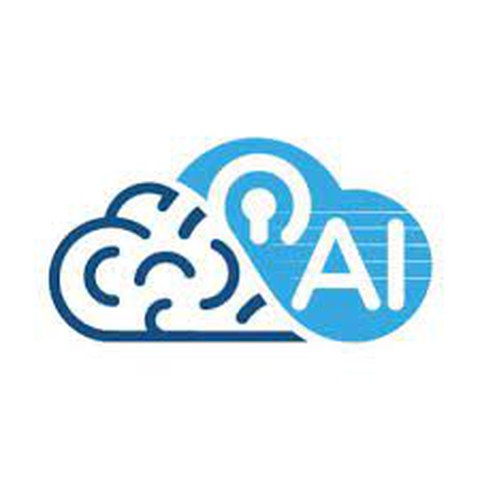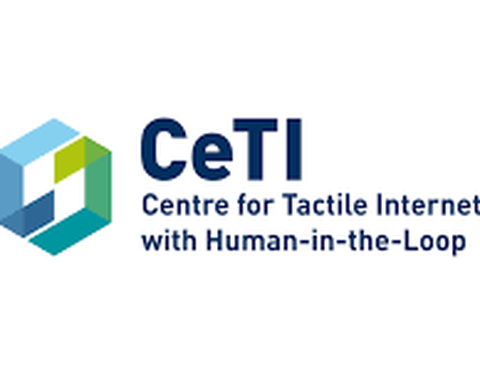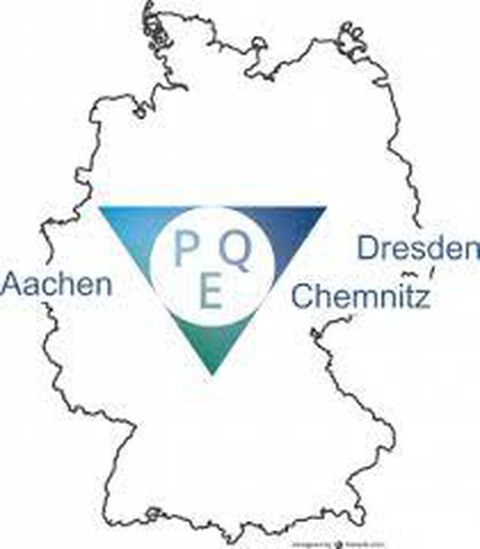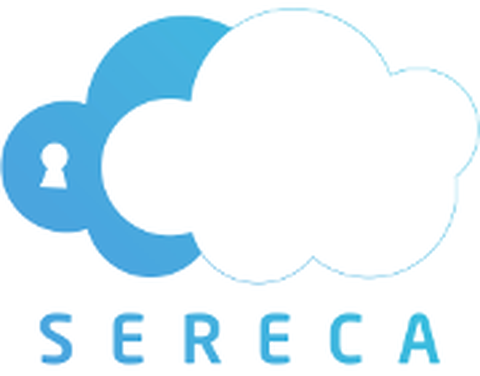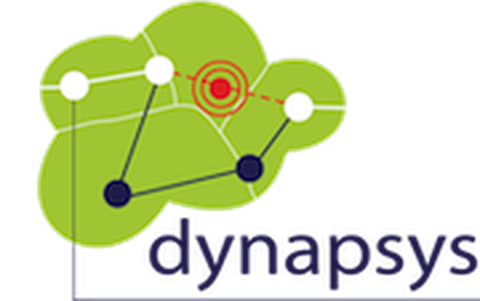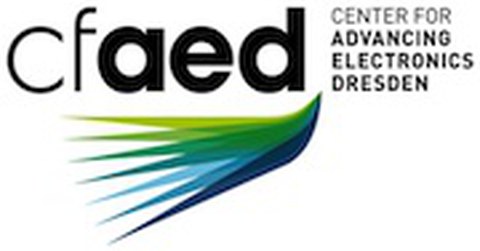Research Projects
Table of contents
Here are some projects we are currently working on and some of our completed projects:
CloudSkin
CloudSkin is a project of the European Union. It pursues to build a cognitive cloud continuum platform which uses AI/ML to optimize workloads, resources, energy, and network traffic for a rapid adaptation to changes in application behavior and data variability, re-configuring the "sweet spot" between the cloud and the edge in the face of the rapid varying conditions. The platform will also help users to achieve “stack identicality” across the Cloud-edge continuum, whereby the same (legacy) software stacks (e.g., MPI programs) running in data centers can seamlessly run at remote edges. The development of a new lightweight, portable virtualization abstraction will be paired with the development of new confidential abstractions to protect data. CloudSkin will also contribute to prepare the needed infrastructure to integrate the new virtualized execution abstractions into the virtual resource continuum, particularly, for those Cloud-edge applications composed of small tasks with fast data access and sharing requirements. The infrastructure will expose the relevant control knobs to enable dynamic reconfiguration of resources as assisted by the AI/ML-based orchestration plane in the CloudSkin platform.
NEARDATA
NEARDATA is a project of the European Union with the main goal to design an Extreme near-data platform to enable consumption, mining and processing of dis-
tributed and federated data without needing to master the logistics of data access across heterogeneous data locations and pools. We go beyond traditional passive or bulk data ingested from storage systems towards next generation near-data processing platforms both in the Cloud and in the Edge. In our platform, Extreme Data includes both metadata and trustworthy data connectors enabling advanced data management operations like data discovery, mining, and filtering from heterogeneous data sources.
6-G Life
With 6G, the focus is on humans and their communication and interaction with machines and the virtual world. To this end, innovative concepts in the areas of scalable communication, novel methods, flexible software concepts and adaptive hardware are being researched holistically. Important fields of application include Industry 4.0 and healthcare. Four key points are always considered: Latency (Delay - how do we make communication even faster?), Resilience (How do we maximize resilience?), Security and Sustainability (How do we decisively reduce the extreme energy consumption of digital communication?).
AI-SPRINT
AI-SPRINT defines a novel framework for the design and operation of A(rtificial) I(ntelligence) applications in computing continua.
AI-SPRINT goes beyond supporting AI applications development by enabling the seamless design and partition of AI applications among the plethora of cloud-based solutions and AI-based sensor devices, providing security and privacy guarantees. The AI-Sprint project has received funding from the European Union Horizon 2020.
CeTI
We advocate establishing the Centre for Tactile Internet with Human-in-the-Loop (CeTI) at Technische Universität Dresden (TUD) to achieve significant breakthroughs for enhancing collaborations between humans and machines or, more generally, cyber-physical systems (CPS) in real, virtual, and remote environments. CeTI’s vision is to enable humans to interact with co-operating CPS over intelligent wide-area-communication networks to promote equitable access to remote work and learning environments for people of different genders, ages, cultural backgrounds, or physical limitations.
CPEC - SFB/Transregio 248 "Foundations of Perspicuous Systems"
The SFB/ Transregio 248 „Foundations of Perspicuous Software Systems“ is a cooperation of the University of Saarland, the Max Planck Institute for Software Systems and the Max Planck Institut Informatik and is financed by the Deutsche Forschungsgemeinschaft.
This project lays the fundamtental scientific foundations for cyber-physical systems of the future, which explain their functionality and their behaviour Perspicuous Software Systems. A deep and applicable theory of explanations of all facets of system behavior as well as their development through visual and verbal expantions for different user groups is being researched.
SFB/Transregio 96 - Thermo-energetic design of machine tools
The challenge of research in the CRC/TR 96 derives from the attempt to satisfy the conflicting goals of reducing energy consumption and increasing accuracy and productivity in machining. The solution approach pursued is based on measures that make it possible to guarantee process accuracy despite increasing power losses without additional energetic measures under thermal transient environmental conditions and under operating conditions characterized by individual and small series production. The scientists of the CRC/TR 96 are researching and developing effective correction and compensation solutions for the thermo-elastic machine behavior during the course of the project, which will enable precision machining under the future conditions of energy-efficient production.
Cloud-Kritis
In the project Cloud-Kritis technologies are to be researched that will enable IT applications for critical infrastructures to be operated in virutal environments or "the Cloud". Due to high security requirements, this class of applications is currently excluded from the cost benefists and energy optimisations provided by cloud computing.
Selis
SELIS is aimed at delivering a ‘platform for pan-European logistics applications’ by: Embracing a wide spectrum of logistics perspectives and creating a unifying operational and strategic business innovation agenda for pan European Green Logistics. Establishing an exceptionally strong consortium of logistics stakeholders and ICT providers, that can leverage EU IP from over 40 projects so as to create proof of concept Common Communication and navigation platforms for pan-European logistics applications deployed in 8 living labs representing the principal logistics communities. Establishing a research and innovation environment using the living labs to provide data than can be used for discovery of new insights that will enable continuous value creation supporting the large scale adoption of SELIS. Read more
Sereca
The Secure Enclaves for REactive Cloud Applications (SERECA) project aims to remove technical impediments to secure cloud computing, and thereby encourage greater uptake of cost-effective and innovative cloud solutions in Europe.
Read more
Dynapsys
The Dynapsys project (Dynamic Agenda Planning SYStem) aims at improving individual trip planning capabilities for public transportation passengers and, at the same time, offers increased flexibility in handling traffic disruptions, caused by severe weather or congestion.
Read more
LEADS
The LEADS project (Large-scale Elastic Architecture for Data-as-a-Service) develops a novel cloud service model named Data-as-a-Service, atop an innovative infrastructure based on an elastic collection of geographically distributed micro-clouds.
Read more
ParaDIME
The ParaDIME project (Parallel Distributed Infrastructure for Minimization of Energy) targets dramatic energy savings using a heterogeneous distributed system architecture with future circuit and device characteristics that are programmed based on message passing.
Read more
cfAED
The Center for Advancing Electronics Dresden (cfAED) is a German Cluster of Excellence. Its goal is to explore new technologies for electronic information processing which overcome the limits of today's predominant CMOS technology.
Read more
SREX
The SREX (Secure Remote Execution) reasearch group investigates how to protect applications and data in the cloud.
Read more
SRT-15
The goal of the SRT-15 research project is to build a scalable platform for connecting business applications and services. SRT-15 relies on technologies that support rapid change: cloud computing, content-based routing, and complex event processing.
Read more
Velox
Transactional Memory (TM) provides transactions for main memory. TM is supposed to make parallel/concurrent programming a lot easier for developers. With Software Transactional Memory (STM), transactions are entirely implemented in software. We maintain open-source tools (STM runtime, static and dynamic STM compilers) for research and experimental development.
Read more
SIListra
The SIListra technology developed in the Systems Engineering research group uses arithmetic codes to recognize erroneous program executions. For detecting errors, processed data is encoded using an arithmetic code. These codes facilitate detection of errors during data storage, transport, and processing.
Read more
AoTerra
AoTerra provides an innovative energy efficient heating solution. The heat comes from a cluster of computers that are used for cloud computing. This allows to use the use the injected energy twice, which is economical and ecological.
Read more
StreamMine3G
StreamMine3G is a scalable, elastic and high performance event stream processing platform which has been carried out within the context of the STREAM and SRT-15 EU project.
Read more



